9 Striking Skunk Facts
Advertisement
1. The Distinct Family of Skunks: A Taxonomic Journey
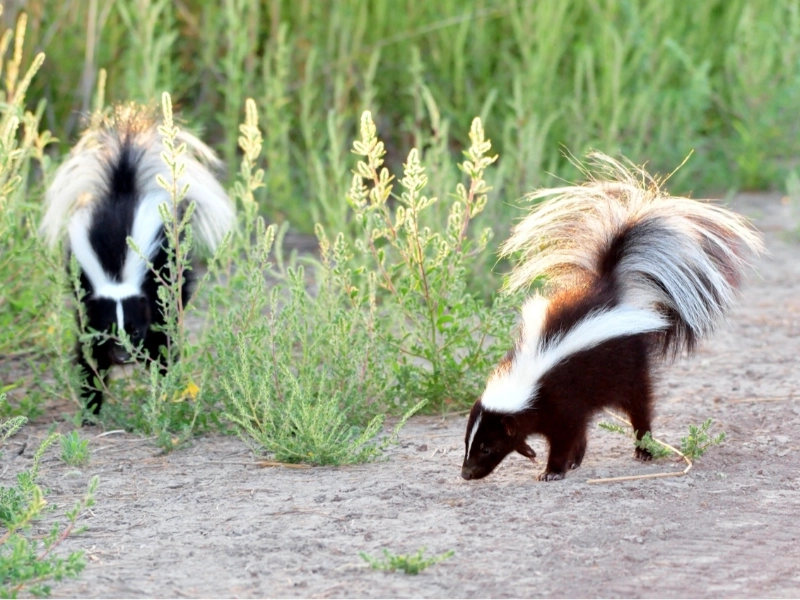
Long captivating both scientists and the general public, skunks—those famous black-and- white striped animals with their strong defence mechanism—have These fascinating animals were long thought to be part of the weasel family, Mustelidae, a varied collection of carnivorous mammals ranging in species from martens to wolverines. Different physical features and behaviour patterns that skunks shared with their mustelid cousins helped to define this classification. But as is usually the case in the always changing subject of taxonomy, fresh data has resulted in a major reclassification of some malodorous mammals.
Advances in molecular biology and genetic analysis in recent years have given researchers strong instruments to reevaluate and improve our knowledge of evolutionary links among many species. These state-of-the-art methods have let scientists explore the genetic composition of skunks and their cousins more thoroughly, therefore exposing unexpected information that has disproved conventional wisdom on their taxonomic placement. New molecular data has led to the general classification of skunks in a family of their own, Mephitidae.
Derived from the Latin word "mephitis," meaning "bad odour," the Mephitidae family provides evidence of the most famous trait of the skunks. This reclassification marks a fundamental change in our knowledge of skunk evolution and their position on the mammalian family tree. Comprising 13 extant species spread over four different genera, the Mephitidae family is now Not only are these species the recognisable skunks, but also closely related animals called stink badgers, which, despite their name, are more closely linked to skunks than to actual badgers.
Of the four genera in Mephitidae, three consist of actual skunks—all native to the New World. From the northern reaches of Canada all the way down to the lush settings of central South America, these skunk species have an astonishingly broad distribution. Skunks have successfully colonised a wide range of habitats over two continents, so this great geographic range highlights their adaptability and tenacity. From the tropical jungles of Central and South America to the cold boreal woods of North America, skunks have discovered means to flourish in a variety of environments.
Especially fascinating is the fourth genus in the Mephitidae family since it deviates from the New World distribution of actual skunks. Two species of stink badgers from this genus call different islands in Indonesia and the Philippines home. The existence of these stink badgers in Southeast Asia begs interesting problems regarding the biogeography and evolutionary background of the Mephitidae family. How could these near cousins of skunks find themselves so far off from their New World counterparts? The complex patterns of mammalian migration and diversification that have evolved over millions of years—affected by elements including continental drift, sea level change, and climate fluctuations—probably have the key.
Skunk categorisation into their own family emphasises the changing character of scientific knowledge and the need of continuous taxonomic inquiry. Our understanding of genes and evolutionary biology keeps developing, therefore we might yet find more shocks regarding the interactions among skunks, stink badgers, and other mammalian species. This taxonomy tour of skunks reminds us that our knowledge of the natural world is always changing and that even well-known species might still have secrets just waiting to be unearthed by inquisitive and committed researchers.
Recommended Reading:
These Animal Photos Are So Stunning, They Look Unreal →
You are viewing page 1 of this article. Please continue to page 2
Stay Updated
Actionable growth insights, once a week. No fluff, no spam—unsubscribe anytime.
You May Like
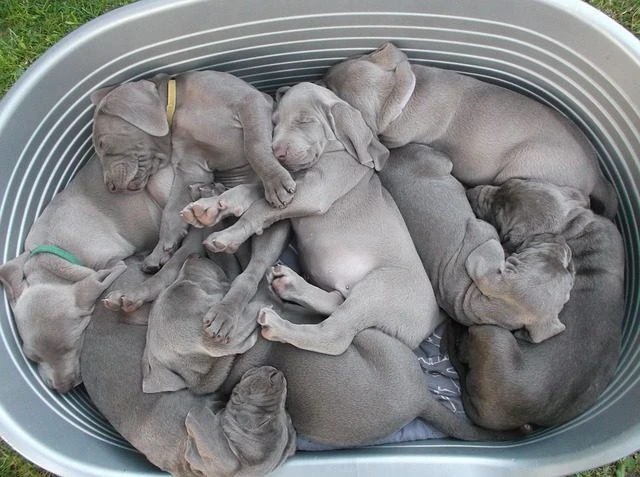
Rescue Team Saves Puppies Then Realizes Incredible Mistake
07/05/2025

7 Miraculous Baking Soda Benefits for Hair, Skin & Body
08/15/2025
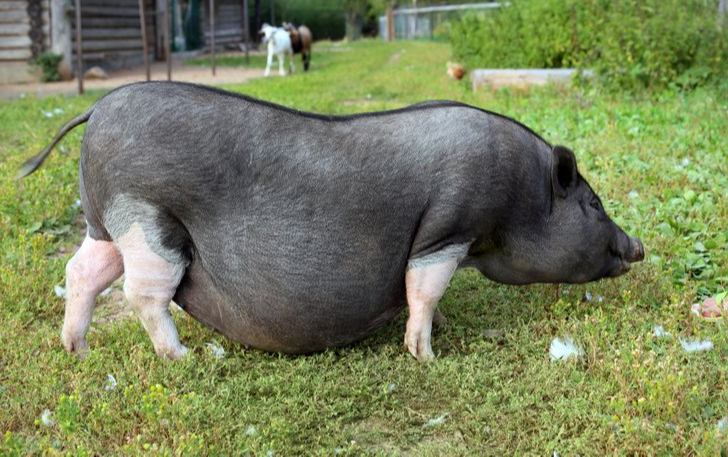
8 Astonishing Before and After Photos of Animal Pregnancies
06/23/2025
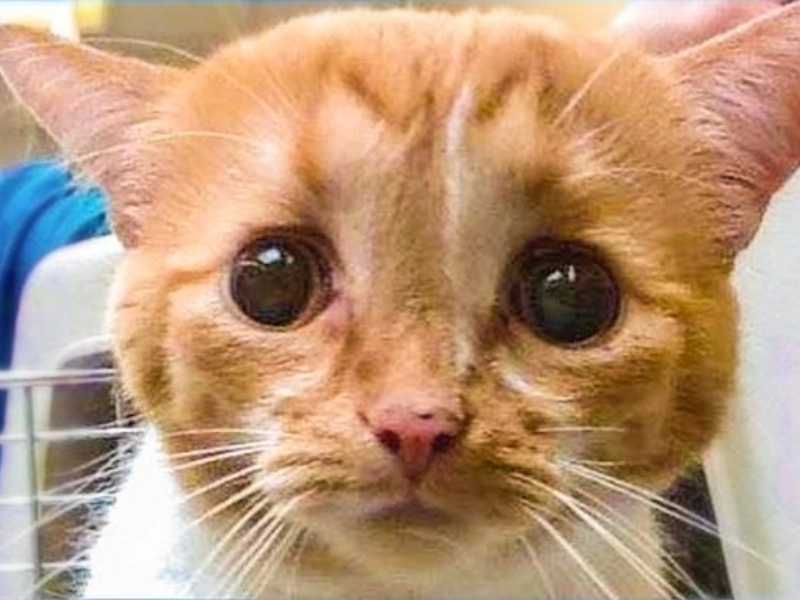
18 Heartwarming Photos of Animals Finding Their Forever Homes
07/11/2025

Celebrity Tattoos That Will Leave You in Awe: Top Shots
07/08/2025

Why Putting a Lemon By Your Bed Might Change Your Life
06/14/2025

Sleepless Nights? This Weird Soap Trick Might Be Your Answer!
07/10/2025
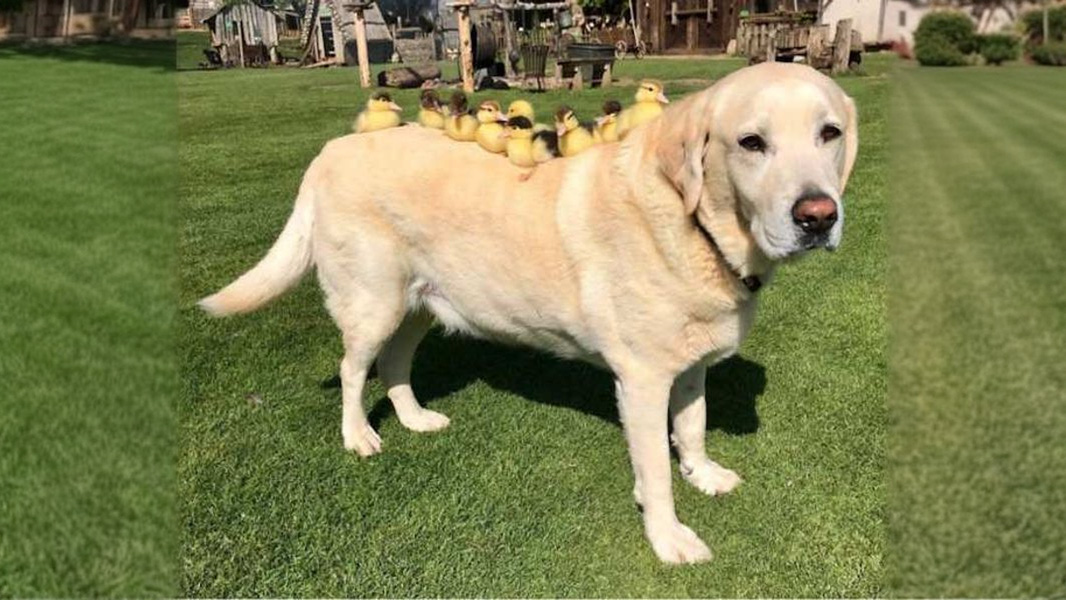
9 Adorable Animal Photos That Make You Want to Hug Them Instantly
07/17/2025

Discover Dubai: 10+ Marvels That Will Make You Exclaim 'Wow!
08/27/2025
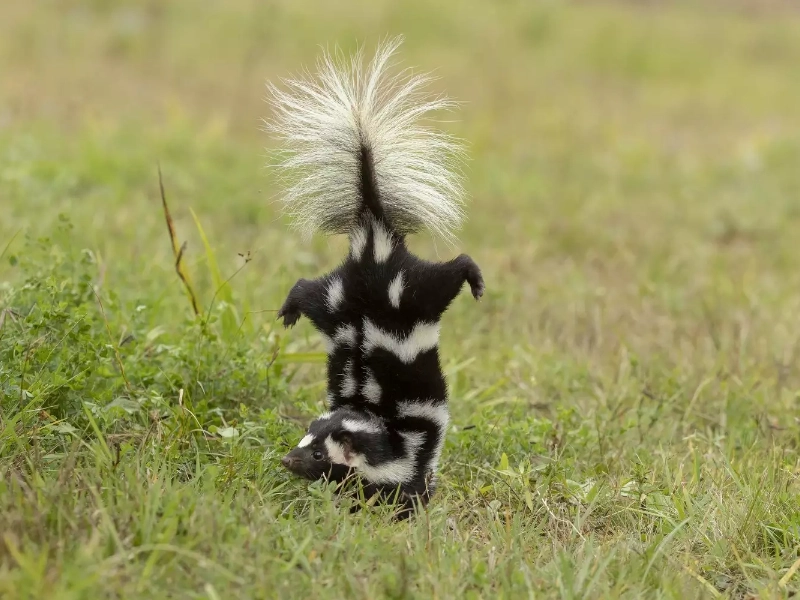
9 Striking Skunk Facts
06/26/2025

12 Lightning-Inspired Inventions That Changed Human History
08/04/2025

Unbelievable Coincidences That Will Leave You Speechless
07/13/2025
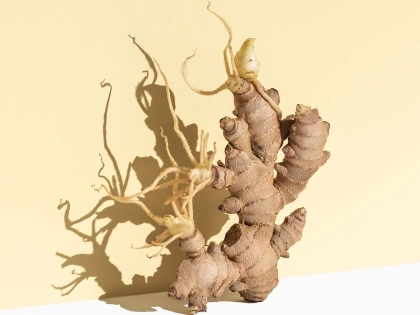
The Ginger Effect: Small Root, Big Impact on Your Health
08/16/2025

20 Trendy Short Haircuts for a Standout Look
08/02/2025

Pets Rule the Roost in These Hilarious Photos
07/19/2025
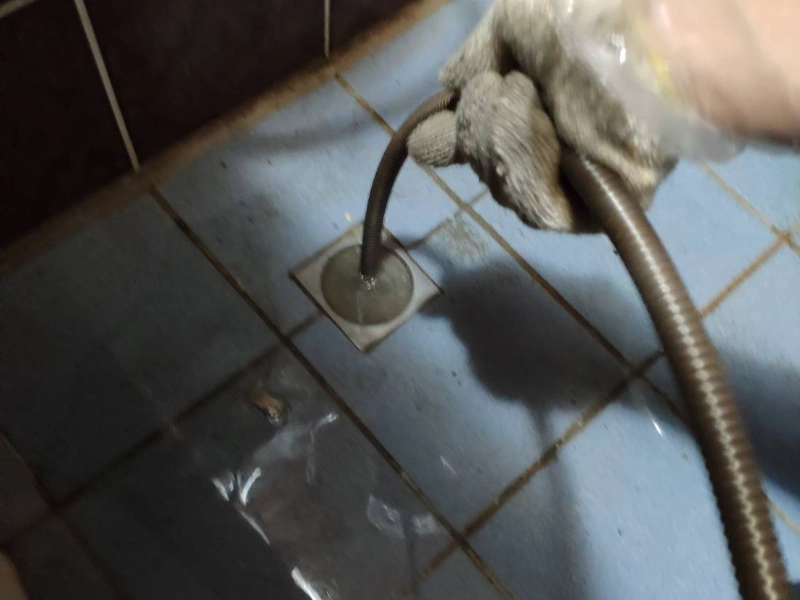
Transform Your Cleaning Routine with This Simple Salt and Soap Trick
08/04/2025
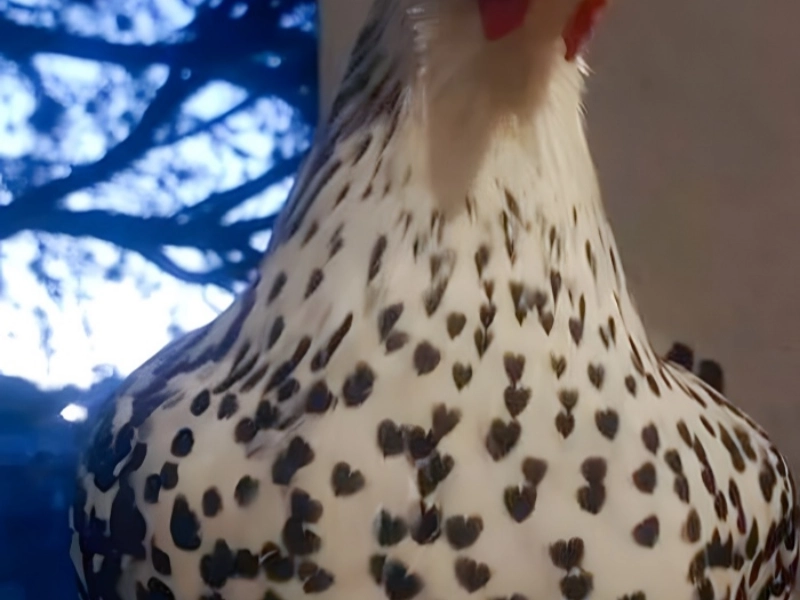
Furry Wonders: Discover Animals Whose Coats Will Enchant You
08/25/2025

10 Surprising Economic Values of Coral Reefs You Didn't Know: The 4th is Priceless!
07/04/2025
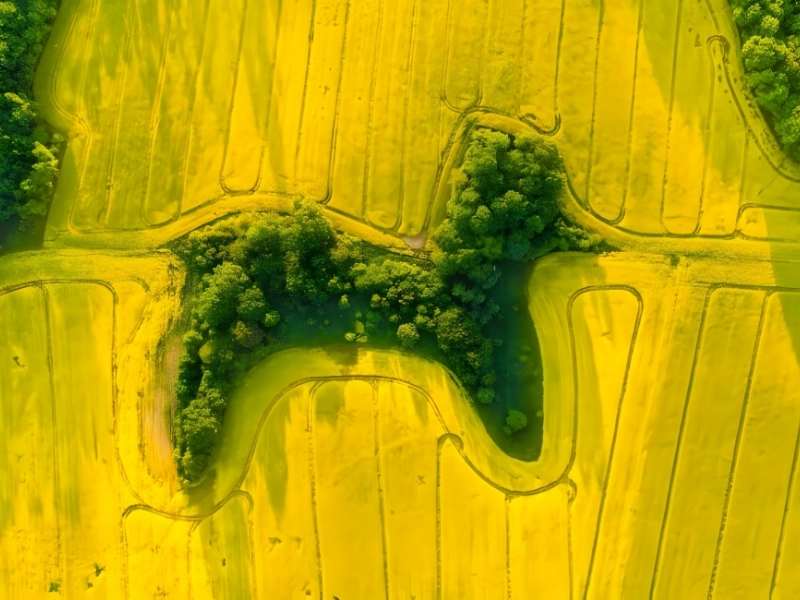
Discover the Beauty of Aerial Photography with Drone Captures
09/01/2025

You've Been Using This Product Wrong, But Here's How to Use It Right
07/16/2025
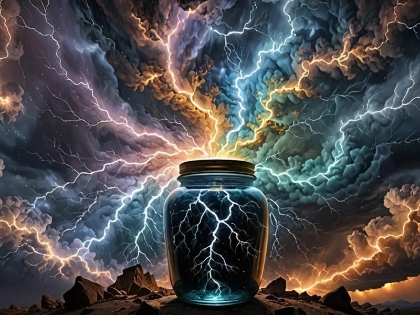
Top 12 Blue Lightning in Artworks: How to Spark Creative Inspiration?
08/12/2025
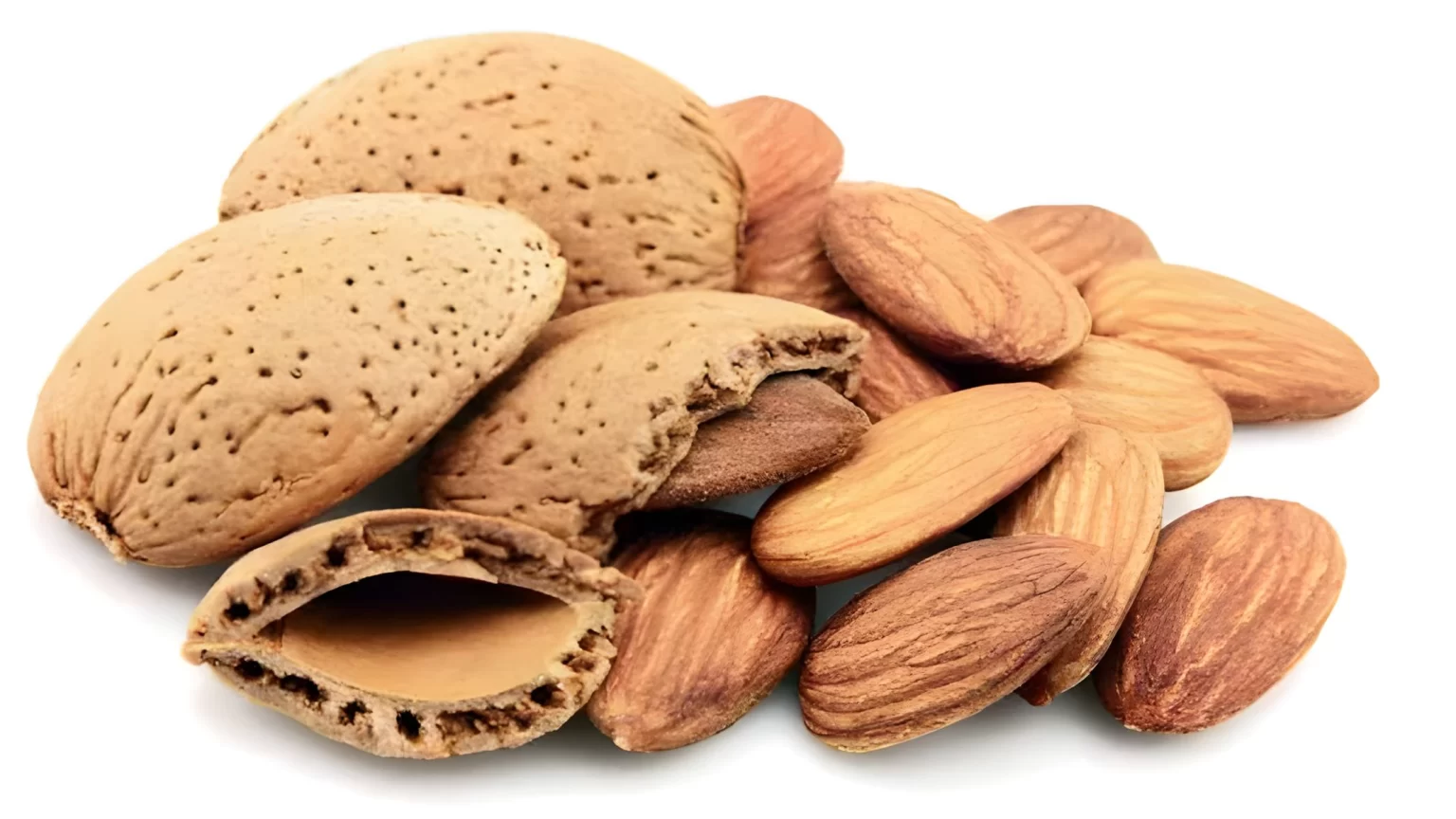
Daily Almonds: The Power of Eating Just 4 a Day
08/07/2025

Astonishing Discoveries Made Where You'd Least Expect Them
07/03/2025

10 Quick Hairstyles for Busy Long-Haired Beauties
08/18/2025
Comments
CoralParadox · 08/05/2025
Feels antifragile.